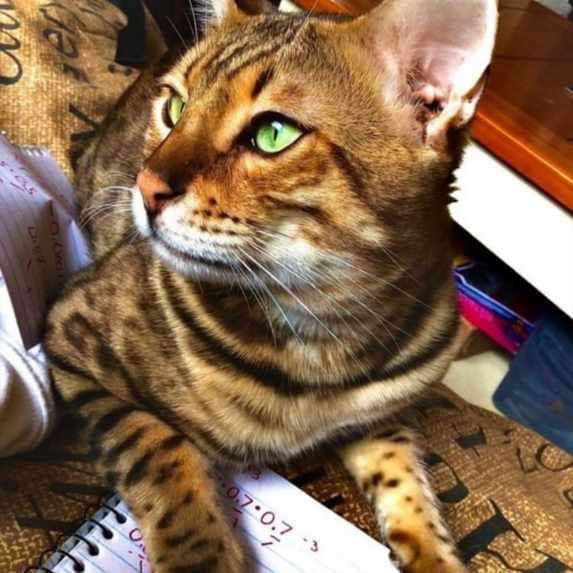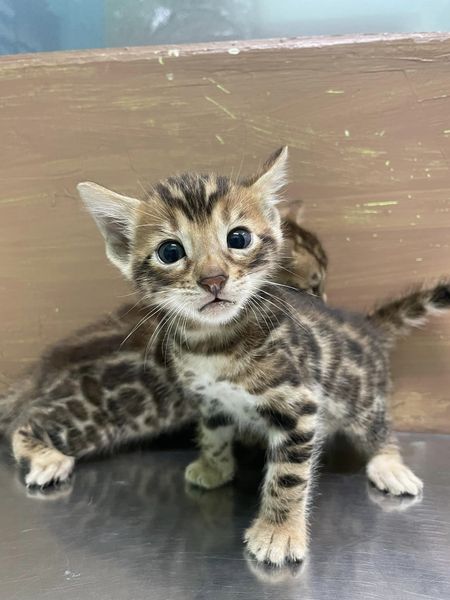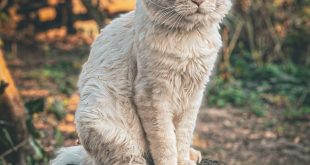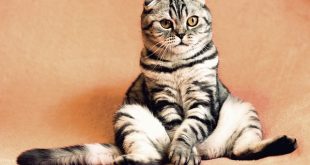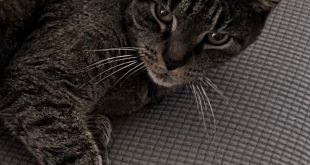Bengal Cat Hypoallergenic breed look so amazing if you feel some extra thing. Bengal cats have captivated cat lovers around the world with their striking appearance and playful personality. However, for individuals with allergies, the idea of owning a cat can often be met with hesitation due to allergic reactions.
This is where the concept of “Bengal cat hypoallergenic” comes into play. Here, we will discuss some aspects of Bengal cat hypoallergenic traits, pricing, finding the best ones for sale, and the range of hypoallergenic Bengal cat breeds available.
What is Bengal Cat Hypoallergenic Price?
Before knowing about are bengal cat hypoallergenic? we talking about Cost of Bengal Cat. When considering bringing a Bengal cat into your home, it’s important to factor in the cost. Bengal cats are known for their unique appearance, which comes from their wild ancestry, as they are descendants of Asian leopard cats.
The price of hypoallergenic Bengal cats can vary widely depending on factors such as lineage, pedigree, coat quality, and breeder reputation. On average, Bengal cats with hypoallergenic traits tend to be in the mid-to-high price range due to their desirability.
While prices can range from a few hundred to several thousand dollars, it’s essential to prioritize the health and well-being of the cat over the price.
Reputable breeders invest in proper care, socialization, and health checks for their kittens, which can contribute to a higher cost of cats. Be wary of unusually low prices, as they might indicate subpar breeding practices or health issues.
How to Find the Best Bengal Cat Hypoallergenic for Sale?
Finding a hypoallergenic Bengal cat requires careful research and consideration to ensure a positive experience for both you and the cat. Here are some steps to guide your search:
Research Reputable Breeders: Look for breeders with a strong reputation for ethical breeding practices, proper socialization of kittens, and a focus on the health and well-being of their cats.
Reading reviews and asking for referrals can help you identify trustworthy breeders.
Visit Catteries: Whenever possible, visit the cattery in person to assess the living conditions of the cats and kittens. This will give you a better idea of how well the animals are cared for.
Ask About Health Testing: Reputable breeders conduct thorough health testing to ensure their kittens are free from genetic health issues. Inquire about the health testing protocols followed by the breeder.
Check Documentation: Ensure that the breeder provides proper documentation, including health records, vaccination history, and pedigree information.
Observe Temperament: Spend time interacting with the kittens and their parents to get a sense of their personalities. Choose a kitten whose temperament aligns with your lifestyle.
How Many Hypoallergenic Bengal Cat Breeds Are There?
Bengal cats are not considered entirely hypoallergenic, but some individuals with allergies might tolerate them better than other cat breeds.
This tolerance can be attributed to their short and dense coat that produces fewer allergenic proteins.
While the term “hypoallergenic” suggests reduced allergens, it’s essential to note that no cat breed is entirely allergy-free.
Several hypoallergenic Bengal cat breeds exist, each with unique characteristics:
Bengal Cats: The Bengal cat breed, in general, tends to produce fewer allergenic proteins due to its pelt-like coat. However, individual reactions can still vary.
Savannah Cats: These cats are a cross between a domestic cat and the serval, a wild African cat. Savannah cats can also have hypoallergenic traits due to their unique coat.
Ocicat: While not directly related to Bengal cats, the Ocicat also has a short coat and is considered hypoallergenic for some individuals.
Understanding Hypoallergenic Traits
When discussing hypoallergenic cat breeds, it’s important to understand the underlying mechanisms that contribute to reduced allergenicity.
While no cat breed is entirely allergen-free, some breeds produce fewer allergenic proteins that often trigger allergic reactions in sensitive individuals.
Bengal cats have a short coat with distinct markings reminiscent of their wild ancestors. The texture of their fur and the reduced shedding of hair can contribute to a decrease in the spread of allergens.
Moreover, the proteins responsible for triggering allergies, known as Fel d 1 proteins, are found in cat saliva and sebaceous glands. Some hypothesize that Bengal cats produce fewer of these allergenic proteins due to their unique coat composition.
Managing Allergies: Individuals with cat allergies can explore various strategies to minimize their allergic reactions while living with a Bengal cat:
Regular Grooming: Regular grooming can help reduce the amount of loose fur and dander in the environment. Brushing the cat’s coat can also remove allergens and prevent them from spreading.
Allergen-Reducing Products: Using allergen-reducing sprays, wipes, and air purifiers can help keep allergen levels under control within the home.
Creating Allergy-Free Zones: Designating specific areas of the house as “allergy-free zones” can provide a space where allergic individuals can retreat to minimize exposure to allergens.
Washing Hands and Clothing: Regularly washing hands after interacting with the cat and changing clothing can help prevent allergens from spreading.
Consulting a Doctor: Individuals with severe allergies should consult a medical professional before bringing a cat into their home. Allergy medications and personalized advice can help manage allergic reactions effectively.
Ethical Considerations: When seeking a hypoallergenic Bengal cat for sale, it’s crucial to prioritize ethical breeding practices. Reputable breeders adhere to guidelines that prioritize the health, well-being, and genetic diversity of their cats. Avoid supporting breeders that prioritize profit over the welfare of the animals. Consider adopting from shelters or rescues as an alternative to purchasing from breeders.
Expanding Your Knowledge: Bengal Cat Variations:
While Bengal cats are known for their distinctive spotted or marbled coats, there are also variations within the breed:
Spotted Bengals: These cats have coat patterns that resemble rosettes or spots found on leopards, which contribute to their exotic appearance.
Marbled Bengals: Marbled Bengal cats have a more intricate, swirling pattern on their coats that creates a unique and mesmerizing visual effect.
Snow Bengals: Snow Bengals are characterized by their lighter coat colors, which can range from cream to pale gray. This variation also contributes to the breed’s diversity.
Conclusion: Embracing the Bengal Cat Hypoallergenic Trait:
Bengal cats with hypoallergenic traits offer a potential solution for individuals who desire feline companionship while managing their allergies. However, it’s essential to approach the idea of hypoallergenic cats with realistic expectations.
While Bengal cats might produce fewer allergens than other breeds, individual reactions can still vary. Responsible ownership, ethical breeding practices, and informed decision-making are all critical components of providing a loving and comfortable environment for both you and your Bengal cat.
